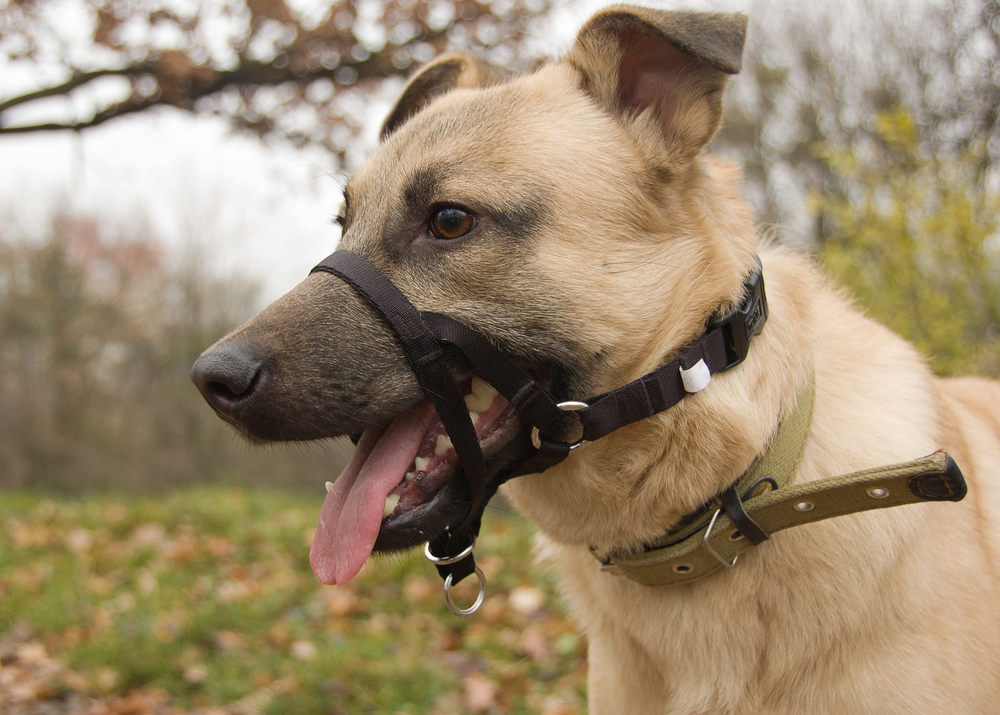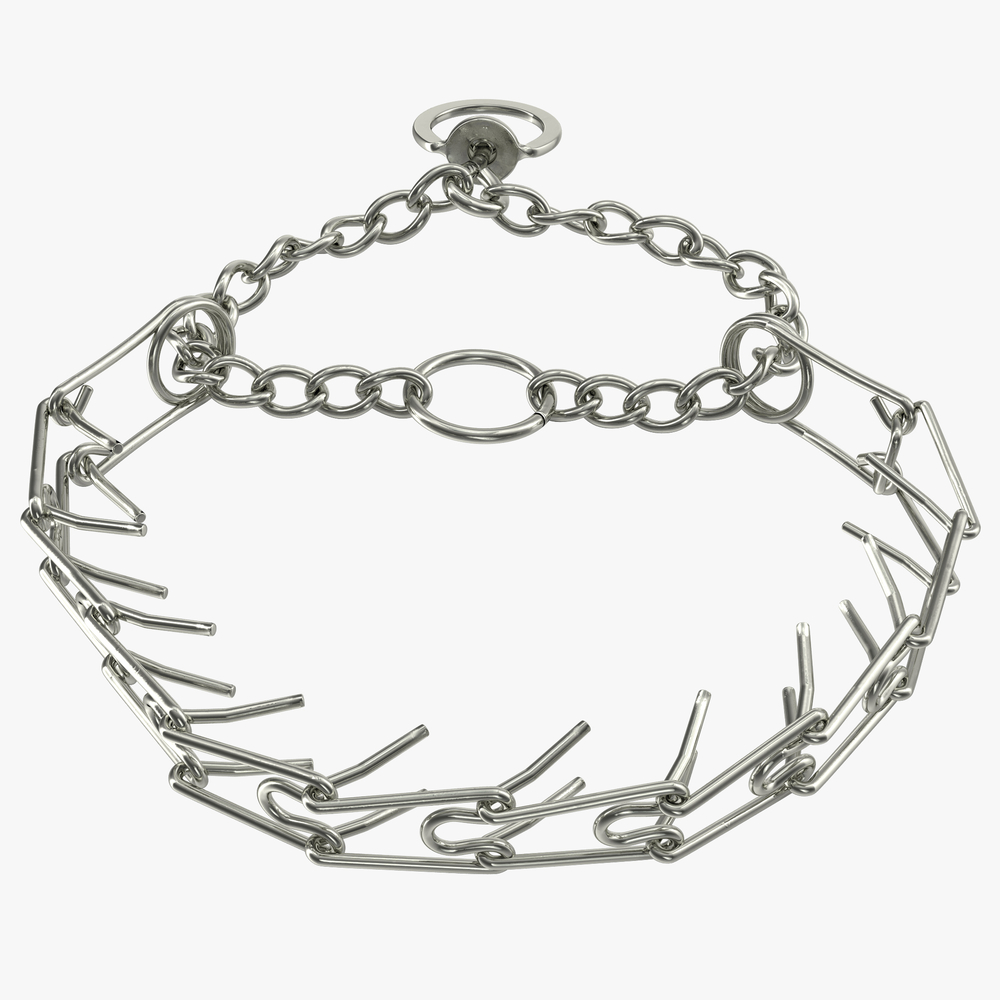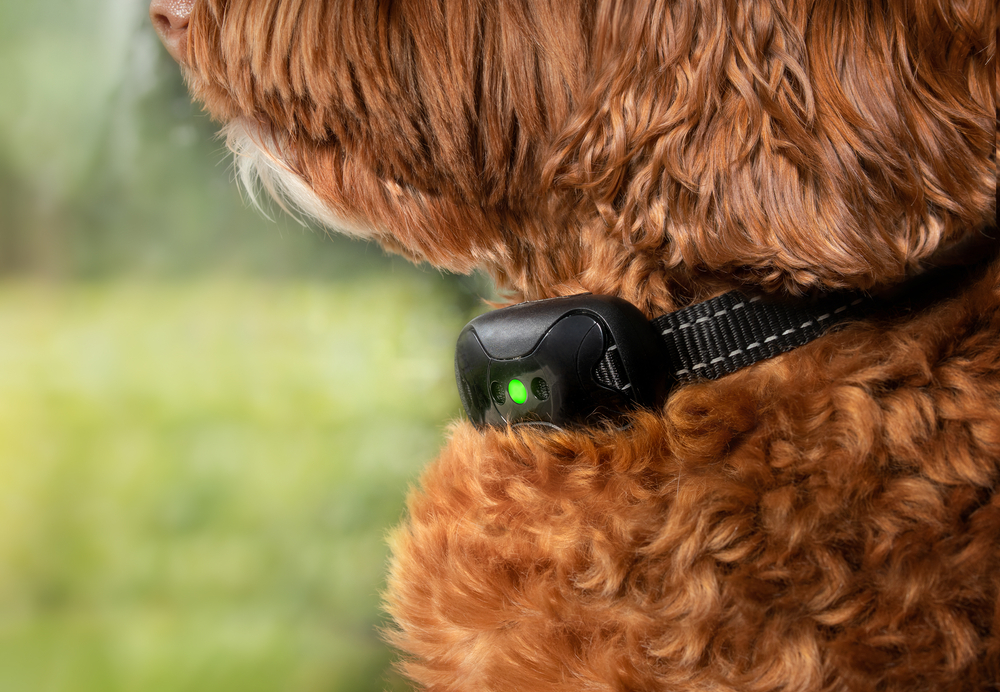
Each puppy has its own personality. Some puppies are more willful than others, and some dog breeds are easier to train than others. No matter what breed or personality a new puppy has, training him could be challenging. Training a puppy takes time and patience. If you’ve discovered that your new puppy is especially willful, […]
Each puppy has its own personality. Some puppies are more willful than others, and some dog breeds are easier to train than others. No matter what breed or personality a new puppy has, training him could be challenging. Training a puppy takes time and patience.
If you’ve discovered that your new puppy is especially willful, you may be considering using a dog training collar to help curb undesirable behaviors like pulling, excessive barking, digging, setting boundary areas, and otherwise training your puppy not to disobey you.
Dog training collars are specialized collars that have mechanisms that reinforce the consequences of performing undesirable behaviors. The purpose of these collars is that your dog will associate the unwanted behavior with discomfort and stop doing the behavior. In this sense, training collars are only meant to be used until the “reminder” (uncomfortable consequence) is no longer necessary.
In general, training collars can be very effective with adult dogs that belong to more willful breeds. These dogs exhibit behaviors that indicate they were not properly trained as puppies, and so going through a process of formal training with the aid of a training collar can accelerate the success of training.
Training collars become a controversial option, however, when they’re used on puppies. This is due to the risk that training collars pose when they aren’t used correctly. Improper use of a training collar could cause injury or worsen the behavioral problems, like “willfulness,” that the collar is supposed to solve. That being said, training collars should never cause harm when they’re used correctly and when they’re used in the right instance.

No one should put a training collar on their puppy at the onset of the dog training process “just because.” Rather, training collars should be introduced when all other attempts at training the puppy have failed.
Now that we’ve addressed that caveat, let’s look at the different types of training collars and their uses.
Despite adequate training, some willful puppies will still “fight you” during walks by pulling on their leashes. These puppies are not concerned with the boundaries set by their owners, but rather wish to overcome the constraint of their leashes in order to satisfy their urge to run, chase, and otherwise do as they feel. Puppies like this tend to “pull” their leashes, and so using a pulling or directional collar can introduce a negative consequence that helps to discourage them from pulling.
Directional collars are a safe option for discouraging most pullers. These are easily adjustable collars and harnesses that fasten in front of your puppy’s chest to resist any pulling against the leash. This shifts their focus away from what caught their attention and back to you. They are very effective when paired with rewards for not pulling. Meaning, that when your puppy walks for a period without pulling, you should give him a treat to reward him for his good behavior.

If you’re unfamiliar with head halters, these specific dog training collars form a harness around the dog’s muzzle and the leash attaches to the muzzle under the god’s chin. This way, the owner holding the leash can control the dog more directly. By holding firm to the leash, the owner can prevent their puppy from using his own strength to pull against the leash. Since the leash is connected to the muzzle, the puppy is rendered under the control of where the owner wishes to lead him via the leash. Head halters are another safe and effective type of training collar. When used correctly, they can help tremendously with leash pulling.
Now that we’ve covered the types of training collars that you can safely use while training your puppy, i.e. pulling collars and head halters, we would like to educate you on other types of dog training collars that should only be used by professional dog trainers if and only if the puppy being trained has willfully resisted all other forms of basic training and positive reinforcement training. While Petland Florida does not recommend that you use the following collars on your puppy, we believe there is value in you understanding how these collars work.
Depending on the breed and personality of a puppy, some puppies are able to “slip out of” their collars. Meaning, they can literally get their collars off quickly and run free! They might use their paw to “scrape” the collar off, or it could be the case that their necks are so thin that they can slip their collars off by “backing up” out of them.
A special type of collar was invented to prevent puppies and dogs from slipping out of their collars in the manners we described. This specialized collar is called the “Martingale collar.” The way Martingale collars work is that as soon as the dog tries to “slip” out of the collar, the collar itself will “tighten,” thus preventing the dog from freeing himself.

Due to this mechanism, people started using Martingale collars for dog and puppy training in general. The “tightening” design seemed helpful because it’s a negative reinforcement that makes “pulling” and otherwise “fighting” the leash uncomfortable to the point of distressing. The “tightening” of the collar puts increasing pressure on the dog’s neck.
As you can probably imagine reading this, putting increasing pressure on a puppy’s neck could cause injury and be very dangerous. And you’re right to think this. This is why you should not use a Martingale collar on your puppy for the purposes of puppy training. Some professional dog trainers may opt to use this type of collar in very special circumstances.
That being said, if your puppy belongs to a breed that’s notorious for “slipping” their collars off, then your puppy’s vet may recommend that you use a Martingale collar. In this instance, you can trust that your puppy will be safe with a Martingale. We only recommend that you closely monitor how the collar is functioning, and as soon as your puppy discontinues their behavior of trying to slip their collar off, you should graduate your puppy to a regular collar and leash.

There are some dog training collars that simply should never be used on a puppy. For your education, we’re including those collars here so that you know which collars to avoid. The following collars should only be used, if at all, on aggressive breeds that are full grown and too willful to train otherwise.
Yet, even in the instance of a full grown, aggressive breed that has resisted all other forms of dog training, these collars are still considered controversial, FYI. Nevertheless, let’s take a look…
Slip collars or prong collars are not recommended training collars. In fact, dog trainers discourage them and most reputable pet stores don’t sell them anymore. A slip collar or prong collar squeezes your dog’s neck tightly, and can cause injury if improperly placed or used. Pet parents should steer clear of these collars.

Also known as electronic training collars, e-collars, or bark collars, shock collars are also not recommended training collars for puppies. Most dog trainers will discourage their use under any circumstance that isn’t under the strict guidance of a professional because of the risk of injuries, fear, and aggression they can cause when used improperly.
This type of collar usually holds a receiver with two or three metal prongs that contact the dog’s neck or skin. Stimulation is sent from a remote control to the receiver that can send various levels of stimulation of beeps, vibrations, or electric shocks to suppress unwanted behavior like when a dog barks. Put simply, shock collars send an electrical shock to the dog in response to the dog performing an unwanted behavior.
Shock collars were invented for the purposes of training hunting dogs. But in recent years, some dog owners have used them to correct unwanted behavior in their dogs, like unwanted barking.
Using an electronic training collar or bark collar stirs up heated controversy because so many dogs have been victims of their improper use. Even at their lowest level, shock collars can malfunction, causing the dog harm. Most professional trainers consider these collars an aversive training method that should be avoided.
The answer to this question can be summed up straightforwardly. If and only if all other forms of puppy training have failed, and your puppy is nearing adolescence yet exhibits unruly behavior, should you use a dog training collar. And in this instance, the only training collars you should use are either a pulling / directional collar or a head harness.
This is to say that using a training collar should be a very last resort for only the most willful adolescent puppies who have resisted all other forms of positive reinforcement training. Our opinion at Petland Florida is that unless your dog is an aggressive breed that’s older than 1 year and has refused to obey all other forms of training, you should not use a dog training collar, period. And further, in the instance that an adolescent dog of an aggressive breed has resisted all other forms of training, we first recommend that you take your willful dog to professional dog trainers. Doing so can correct behavioral issues without the use of a dog training collar.
We hope you found this article helpful! If you would like to know about Petland Florida’s free 6-week puppy training course, visit our website or stop in any of our Florida locations. Our knowledgeable pet counselors would be more than happy to introduce you to the perks of being a Petland puppy parent!